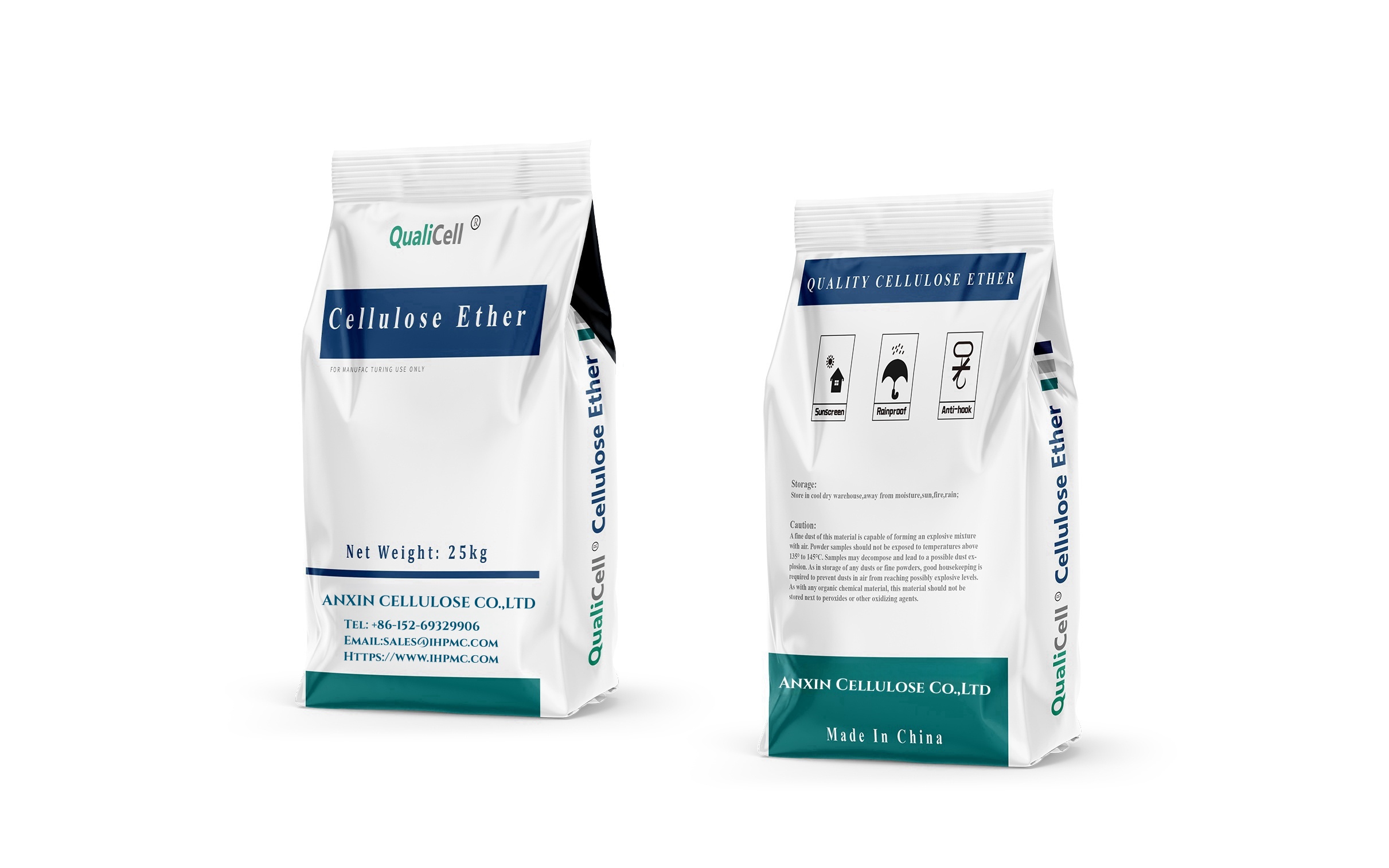-
introduce: Redispersible polymer powders (RDP) are an important component of a variety of building materials, including self-leveling compounds. These compounds are commonly used in flooring applications to create a smooth, flat surface. Understanding the interaction between RDP and self-leveling...Read more »
-
Abstract: Calcium is an essential mineral that plays a vital role in various physiological processes in the human body. While traditional sources of calcium, such as dairy products, have long been recognized, alternative forms of calcium supplements, including calcium formate, have attracted atte...Read more »
-
introduce: Interior wall putty plays a key role in achieving smooth, beautiful walls. Among the various ingredients that make up wall putty formulations, redispersible polymer powders (RDP) stand out for the important role they play in enhancing the performance and properties of the final product...Read more »
-

Detergent grade CMC Detergent grade CMC Sodium carboxymethyl cellulose is to prevent dirt redeposition, its principle is the negative dirt and adsorbed on the fabric itself and charged CMC molecules have mutual electrostatic repulsion, in addition, CMC can also make the washing slurry or soap liq...Read more »
-
Ceramic grade CMC Ceramic grade CMC Sodium carboxymethyl cellulose solution can be dissolved with other water-soluble adhesives and resins. The viscosity of CMC solution decreases with the increase of temperature, and the viscosity will recover after cooling. CMC aqueous solution is a non-Newtoni...Read more »
-
Hydroxypropyl methylcellulose (HPMC) is a versatile additive widely used in the construction industry, particularly in wall putty formulations. HPMC offers several advantages that help improve the performance and quality of wall putty. Here are three major advantages of using HPMC in wall putty: ...Read more »
-
Hydroxypropyl methylcellulose (HPMC) is a multifunctional polymer widely used in various industries including construction. In gypsum applications, HPMC serves as a valuable additive with a range of benefits that help improve the overall performance and quality of gypsum formulations. Introductio...Read more »
-
Hydroxyethyl cellulose (HEC) in consumer chemicals: a multifunctional polymer introduce Hydroxyethylcellulose (HEC) is a major player in the polymer world and has a wide range of applications across various industries. One of its prominent areas is the commodity chemicals industry, where its uniq...Read more »
-
Hydroxyethyl cellulose (HEC) in consumer chemicals: a multifunctional polymer introduce Hydroxyethylcellulose (HEC) is a major player in the polymer world and has a wide range of applications across various industries. One of its prominent areas is the commodity chemicals industry, where its uniq...Read more »
-
Hydroxyethylcellulose (HEC) plays a vital role in the oil drilling industry, especially in drilling fluids or muds. Drilling fluid is crucial in the oil well drilling process, providing many functions such as cooling and lubricating drill bits, carrying drilling cuttings to the surface, and maint...Read more »
-
Cellulose ethers are commonly used as additives in gypsum-based mortars to enhance various properties and performance characteristics. The following are some specific applications of cellulose ethers in gypsum mortar: Water retention: Cellulose ethers are hydrophilic polymers, meaning they have a...Read more »
-
Artwork conservation is a delicate and intricate process that requires the careful selection of materials to ensure the preservation and integrity of artistic pieces. Cellulose ethers, a group of compounds derived from cellulose, have found applications in various industries for their unique prop...Read more »